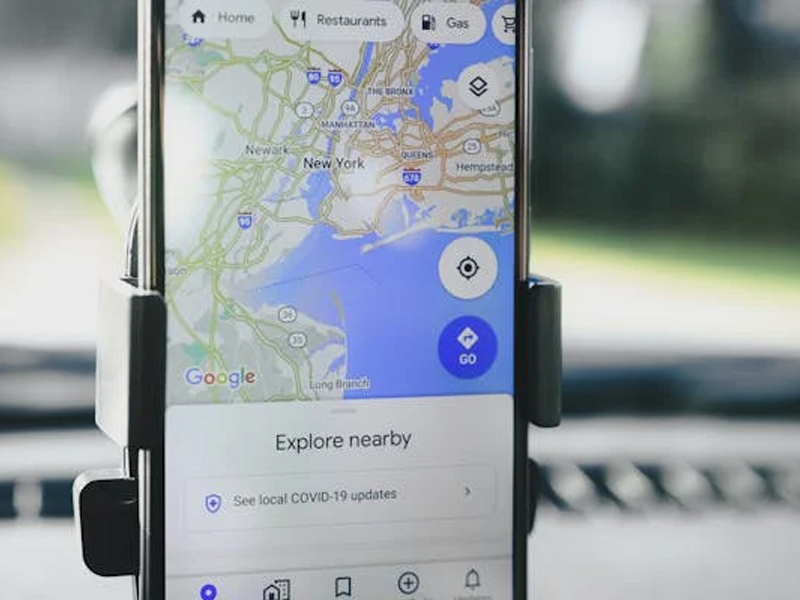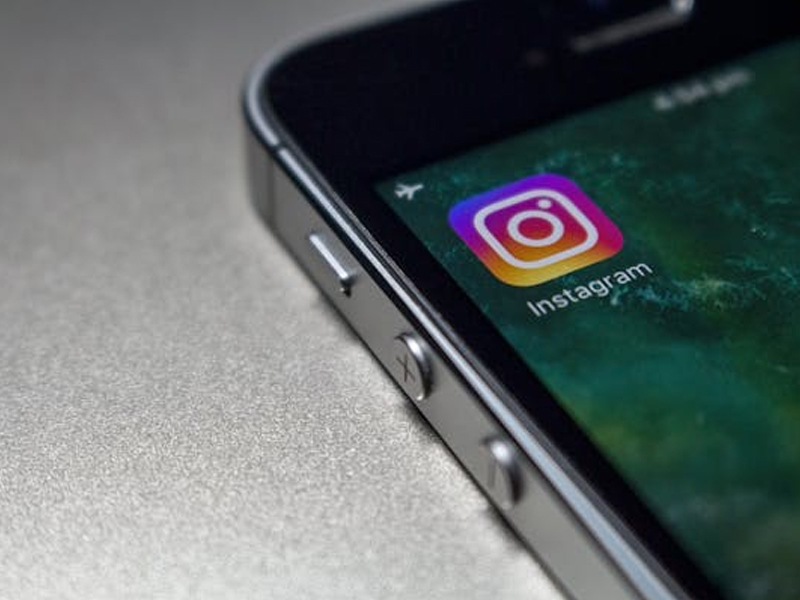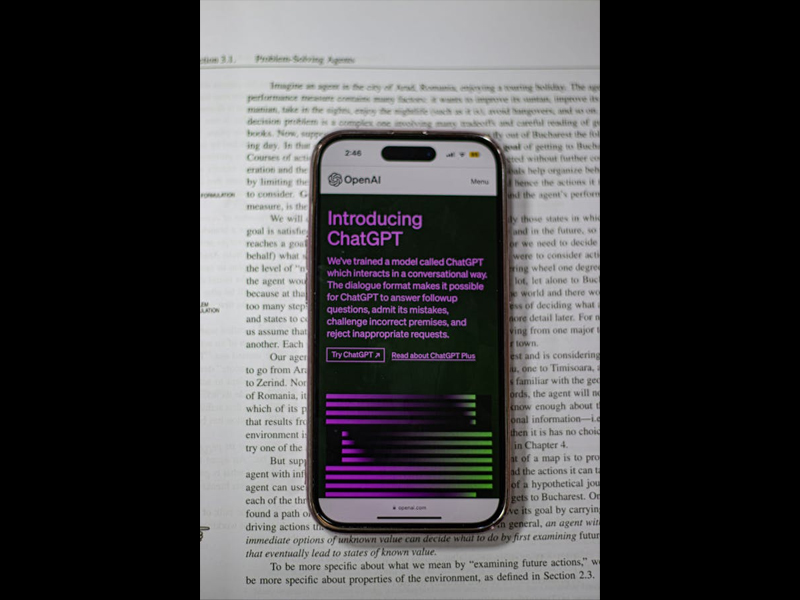How To Make Smart Watches Not Worth Stealing
Uncategorized
 An overview: Smart Watches
Smart Watches have become the new cool of current times. The youth being more and more fitness freaks and time oriented are going for smart watches. Smart Watches are indeed the latest and novel gadgets that offer more than what they commit. The features of smart watches just not only confine to display timing but it also stands out to be a great fitness tracker. By simply wearing it on wrist, a smart watch can give out several important details. With the help of smart watch, one can know the real time, determine number of calories burned, number of steps, distance travelled, pulse rate, etc… High end and tech savvy smart watches also enable users to detect GPS location, transfer files, enjoy music, etc…
The “dazzle” of smart watches:
Since smart watches are easily noticeable, there are chances of them getting stolen by unwanted elements. Since smart watches can be easily tracked and stolen, it would become very difficult to track the thief in certain situation. Hence what to do? In order to address this issue, researchers at Dartmouth University have created a technology which could prevent smart watches from getting stolen. At Dartmouth University, researchers have designed a prototype device with the help of which one can easily identify the person wearing the smart watch. The prototype device would measure the electrical resistance of person’s tissues from wrist. As per the MIT review, the device is adroit at, “providing a simple way to control access to your home, car, or office and perhaps dissuading would-be thieves.” As per the paper presented this week by the researchers of Dartmouth University at Mobisys, an academic conference on mobile technologies, the device can simply aid the wearer in personalizing the environment.
The prototype device is equipped with four pairs of electrodes just around the wrist area. It is used to measure the electrical resistance of body. Electrical resistance is detected with body composition, bone size and flesh thickness. Once the device succeeds in measuring the appropriate level of resistance, then it can easily and accurately transmit an ID code wirelessly; thus confirming the identity of wearer. Cory Cornelius, former PHD student of Dartmouth University and Intel researcher says, “If I’m wearing the bracelet, my phone would be unlocked without a PIN code, or I could log into my PC or provide a means of access control.”
As per the study and research done by Carl Gunter, researcher at University of Illinois, this technology could easily streamline the data after confirming the receiving of signal from the right wearer. While the device is on testing, it reveals the data with 98% accuracy. 98% result is indeed sufficient to track signals appropriately and detect the authenticity of the wearer. However Cornelius concluded by saying, “However, over the long term, aging, weight loss, or disease could change the impedance properties of the wearer’s wrist, requiring the device to be recalibrated.”
An overview: Smart Watches
Smart Watches have become the new cool of current times. The youth being more and more fitness freaks and time oriented are going for smart watches. Smart Watches are indeed the latest and novel gadgets that offer more than what they commit. The features of smart watches just not only confine to display timing but it also stands out to be a great fitness tracker. By simply wearing it on wrist, a smart watch can give out several important details. With the help of smart watch, one can know the real time, determine number of calories burned, number of steps, distance travelled, pulse rate, etc… High end and tech savvy smart watches also enable users to detect GPS location, transfer files, enjoy music, etc…
The “dazzle” of smart watches:
Since smart watches are easily noticeable, there are chances of them getting stolen by unwanted elements. Since smart watches can be easily tracked and stolen, it would become very difficult to track the thief in certain situation. Hence what to do? In order to address this issue, researchers at Dartmouth University have created a technology which could prevent smart watches from getting stolen. At Dartmouth University, researchers have designed a prototype device with the help of which one can easily identify the person wearing the smart watch. The prototype device would measure the electrical resistance of person’s tissues from wrist. As per the MIT review, the device is adroit at, “providing a simple way to control access to your home, car, or office and perhaps dissuading would-be thieves.” As per the paper presented this week by the researchers of Dartmouth University at Mobisys, an academic conference on mobile technologies, the device can simply aid the wearer in personalizing the environment.
The prototype device is equipped with four pairs of electrodes just around the wrist area. It is used to measure the electrical resistance of body. Electrical resistance is detected with body composition, bone size and flesh thickness. Once the device succeeds in measuring the appropriate level of resistance, then it can easily and accurately transmit an ID code wirelessly; thus confirming the identity of wearer. Cory Cornelius, former PHD student of Dartmouth University and Intel researcher says, “If I’m wearing the bracelet, my phone would be unlocked without a PIN code, or I could log into my PC or provide a means of access control.”
As per the study and research done by Carl Gunter, researcher at University of Illinois, this technology could easily streamline the data after confirming the receiving of signal from the right wearer. While the device is on testing, it reveals the data with 98% accuracy. 98% result is indeed sufficient to track signals appropriately and detect the authenticity of the wearer. However Cornelius concluded by saying, “However, over the long term, aging, weight loss, or disease could change the impedance properties of the wearer’s wrist, requiring the device to be recalibrated.”
Frequently Asked Questions?

01
AI & ML
No More Range Anxiety: Google Maps Uses AI to Simplify EV Charging
Apr 19, 2024

01
Tech news
Tesla Announces Layoffs as Sales Growth Sputters
Apr 18, 2024

01
Tech news
Protecting Teens on Instagram: Meta Tests Automatic Nudity Blurring in DMs
Apr 17, 2024

01
AI & ML
A More Direct ChatGPT: A Step Towards Natural Conversation?
Apr 15, 2024
SUSBSCRIBE TO OUR NEWSLETTER
Join our subscribers list to get the latest news and special offers.
No More Range Anxiety: Google Maps Uses AI to Simplify EV Charging
Tesla Announces Layoffs as Sales Growth Sputters
Protecting Teens on Instagram: Meta Tests Automatic Nudity Blurring in DMs
A Look Through the Metaverse: Unveiling Meta’s AR Glasses